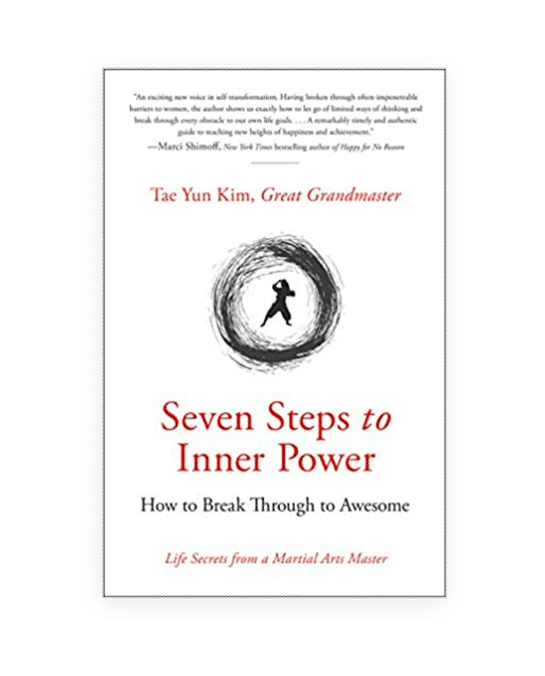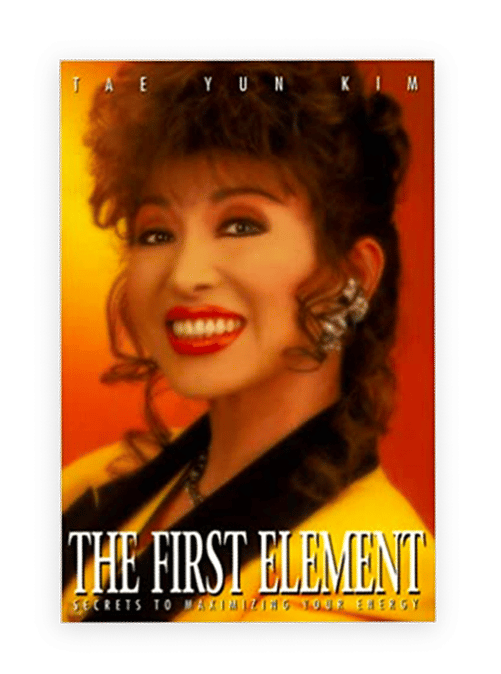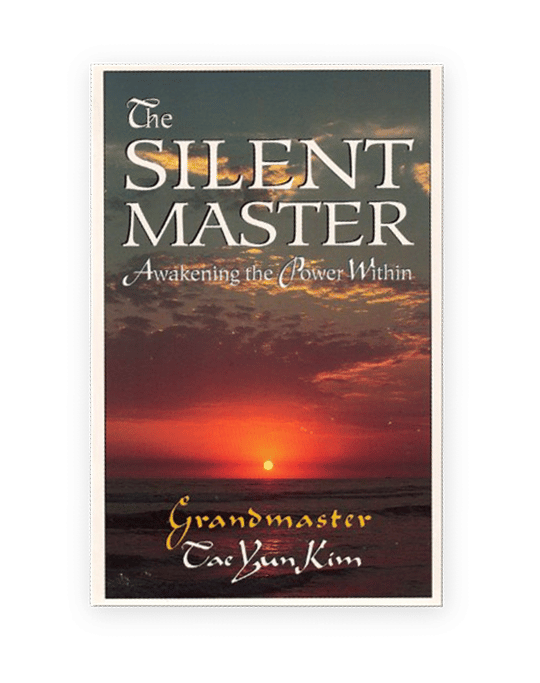Here is an excerpt from my book, Seven Steps to Inner Power:
“Formal Meditation

There is much to be gained in formal meditation, where you adopt a specific posture, a procedure, and sometimes a specific environment to make a purposeful, dedicated, concentrated quest to experience your Silent Master.
There are many kinds of formal meditation. There are many postures and procedures, all having a unique purpose and meaning that enable you to strive for different outcomes in your meditations. Here is one example of a formal meditation you can easily try.
As you go through the steps, keep these two objectives in mind of knowing your unity with your Silent Master and quieting your mind.
1. Sit calmly on the floor or on a flat pillow. If you use a pillow, try to keep one especially for that purpose, one you do not use for anything else. If you need to purchase a pillow, silk or cotton ones are recommended.
2. Bend your right leg and place your foot under your left thigh.
3. Bend your left leg and lift the left foot onto your right thigh. If this hurts, don’t force it; just do the best you can. Your legs should now be crossed with the right on the bottom and left on top.

4. Bend your body forward, arch your back and then straighten up.

5. Place your right hand, palm facing up, gently on your lap.
6. Place your left hand, palm facing up, on your right hand and bring your thumbs together. The thumbs should be just barely touching, as if you were holding a sheet of paper between them.

7. Straighten your neck. Your head should be level, not up or down, and your ear lobes in line with your shoulders.
8. Close your eyes gently.
9. Close your mouth and place your tongue on the roof of your mouth.
10. Breathe in deeply through your nose, hold your breath as long as you can comfortably and then exhale slowly and softly. Your breathing should be gentle and quiet; someone sitting next to you should not be able to hear you breathe. Do this until your breathing is slow and gentle. You will probably notice your heart slows down as well.
11. Let any worries or concerns or clamoring thoughts and feelings flow away. Remember, initially your conscious mind feels uncomfortable when you ask it to suspend its habitual thinking processes (or more often, worrying processes). It wants to keep thinking and will try to do so. Just continue breathing, however, and refuse to pay attention to intrusive thoughts and feelings. Let them go, let them pass. If necessary, “tell them” you’ll pay attention to them later, but not now (usually they go away when they have this “reassurance”). Right now, you want to strive for the most pristine purity and clarity of consciousness you can; and to do that, you must suspend your customary thinking processes. Eventually, you will feel your mind start to clear.
12. Now in this stillness, pose your question, your problem, your visualization, or whatever. Ask. Ask in whatever way feels right. Your Silent Master is listening.
13. Relax your mind, and determine now to let all thoughts flow to you freely. These thoughts will have a different feeling altogether than the clamoring ones you may have had in the beginning. These thoughts are messengers of one sort or another, responses swimming into your awareness as a result of your meditation. Do not become attached to any of them. Let them come and go as they will. Pay attention to them, but do not force yourself to analyze or think about them. You can analyze later, because your conscious mind is well equipped to do so.”




